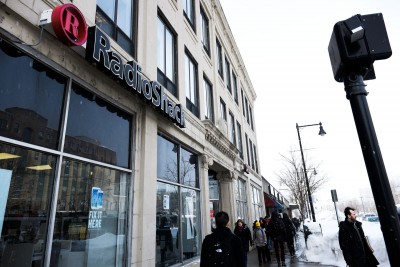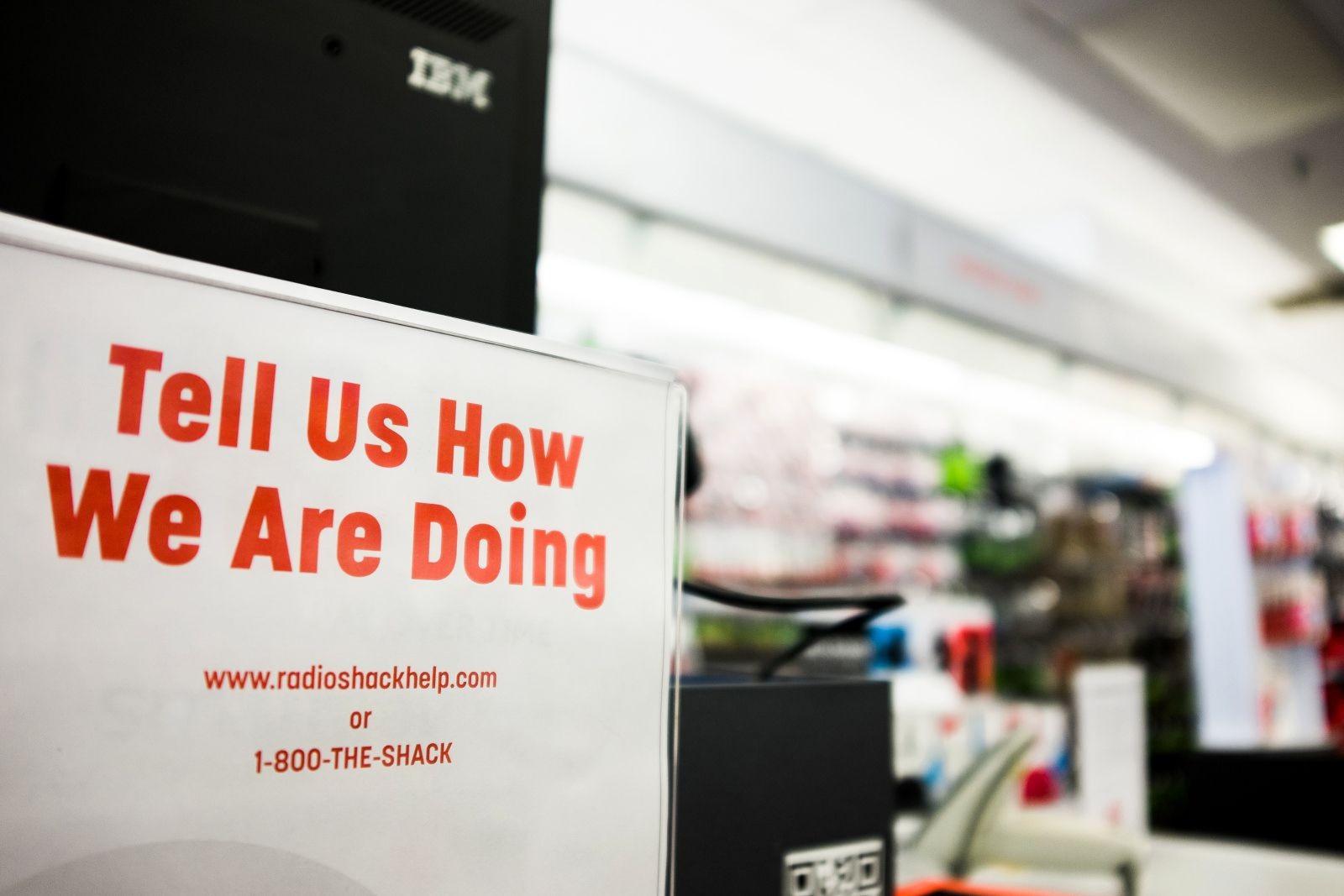
In 1921, RadioShack first opened its doors in downtown Boston, serving radio operators of Boston Harbor ships. Now, after expanding to over 4,000 locations nationwide, the electronics retailer is jumping ship, filing for bankruptcy and leaving the “cause of death” question floating among American consumers.
RadioShack was delisted from the New York Stock Exchange on Feb. 2, shortly after lender Salus Capital Partners accused the company of defaulting on a loan. CNNMoney reported Feb. 2 that RadioShack will not send the exchange a business plan for raising its market value.
As for its stores, RadioShack is preparing to sell half of them to Sprint and close the rest, Bloomberg Business reported on Feb 2. As of Monday, 1,784 stores are set to close, including its location at 730 Commonwealth Ave. on the Boston University campus. Jeff Furman, an associate professor of strategy & innovation at the School of Management, said this is the best move for the company.
“In instances where it’s clear that the end is near but the firm is not yet completely bankrupt, it is a smart move to sell off whatever assets are valuable for their greatest possible value,” Furman said. “Some of the stores are likely to have value because they’re in prime locations with long leases.”
In doing so, RadioShack may be selling its key killer: the in-store format. SMG strategy and innovation professor Samina Karim said the burdens of a brick-and-mortar chain begin with location costs and are followed by competition with company stores and one-stop shops such as Walmart, Target and Costco.
“They need to have that revenue base to just cover so much of the fixed costs they have. One of their largest fixed costs is that monthly rent,” Karim said. “They’re not competing head-to-head with the AT&T store and the Verizon store, so they haven’t really been able to find what their new identity is. That’s why the market is skeptical about them surviving.”
Karim said even in the category of broad-based electronics stores, only one player can survive in the modern market, and it isn’t RadioShack.
“The store is a location with proximity,” said Jake Diamond, a former employee of the Commonwealth Avenue RadioShack and a senior in the College of Arts & Sciences. “If there were a Best Buy next to it, people would have probably gone to that.”
However, Furman argued that RadioShack’s demise is on the Internet’s hands more than anyone else’s, especially given that sites like Amazon offer discounts and special shipping rates to students.
“People are buying everything online nowadays,” said Gabriella Crisafulli, a junior in SMG. “Amazon’s just way more convenient and often cheaper.”
In the game of customer loyalty, the low costs of online shopping often beat the customer information services of in-store electronics retailers, Furman said. Unable to rival those costs, RadioShack has been left the tough job of convincing customers to pay premium prices, often higher than average for the industry.
“What’s interesting about the model of a relatively small retailer like RadioShack is they would provide consumers with lots of useful information,” Furman said. “But it’s hard to convert that useful information into premium price sales.”
Furman cited Apple as an example of success in both providing in-store customer information and convincing consumers to shell out, made possible by the company’s innovative products.
With that said, the iPhone 6 is the most popular item at RadioShack’s Commonwealth Avenue location, according to an on-duty sales associate who couldn’t identify himself per company policy. As for the store’s computer accessories and cables, he said, those may be taking up valuable shelf space.
“RadioShack tries to help people out with a lot of stuff that not everybody needs, like small parts,” the sales associate said.
These products target a niche market that has been declining since RadioShack’s mid-20th century heyday, both Karim and Diamond said.
“In the past, we used to have hobbyists that did more hardware stuff, but now, if you look at young people, they’re not really hardware hobbyists,” Karim said. “We have people doing everything through software.”
But even in the current software-era, some students can attest to the convenience of having a store on campus. Sarah Oppenheimer, a junior in CAS, said she bought her iPhone charger at RadioShack last year because it was close by and she didn’t have Amazon Prime.
“I actually think it’s better quality than the ones that I would have ordered from Amazon or Apple because the cord’s double as long,” Oppenheimer said.
CAS freshman Andrea Garcia said she holds some loyalty to the chain, regardless of location.
“Even in other locations, I do regularly go to RadioShack for supplies and cords,” she said.
But losing the stores means losing more than places to buy electronics. When he spoke to The Daily Free Press on Sunday, a day before the closings were announced, the on-duty sales associate was unaware of any preparations for mass store closings.
“This store is gonna be fine,” he said. “We get great business here.”
Meanwhile, it seems the retailer has been unplugging for a while now. Its shares have dropped 90 percent in value in the past year, CNNMoney reported.
“I’m sad to see them go,” Diamond said. “But I can’t say I didn’t see this coming.”




























































































































